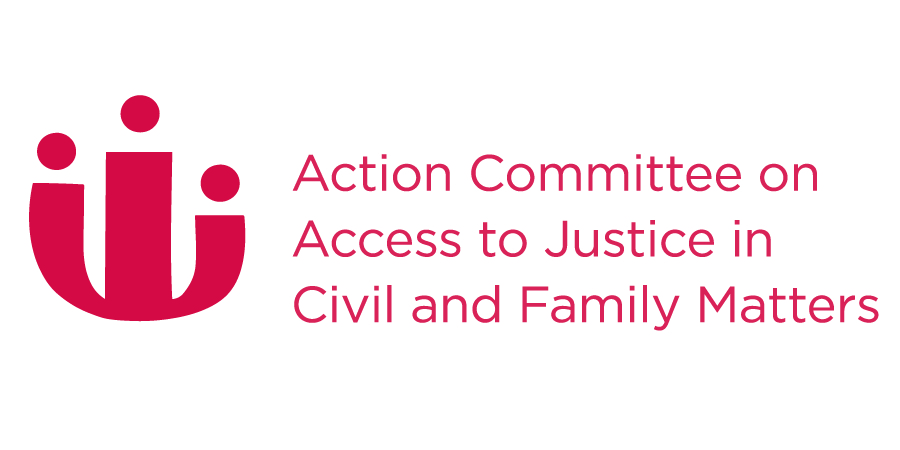Inventory of Reforms
Nova Scotia Self-Represented Litigants Project
Year:
2004
Description:
Department of Justice project to identify the greatest for self-represented litigants in Nova Scotia courts and to make recommendations to improve services and develop programs.
Status:
Several recommendations implemented
Jurisdiction:
Nova Scotia
Court:
All Nova Scotia Courts
Body Responsible:
Nova Scotia Department of Justice
Timeline:
March 2004: Needs Assessment including recommendations released
Publications:
Self-represented litigants in Nova Scotia : Needs assessment study
Self-represented litigants project
Nova Scotia Department of Justice. Court Services Division, 2005
Development:
The Self-Represented Litigants Project of the Court Services division of the Nova Scotia Department of Justice surveyed 40 judges, 163 court staff and 58 self-represented litigants (SRLs) to identify the greatest needs for courts and SRLs and to make recommendations to improve services and develop realistic programs for SRLs. The project team also observed 20 court hearings that involved the participation of one or more SRLs.
The interviews, focus groups and questionnaires used by the SRL project team confirmed expectations that SRLs are impacting in a significant way on the day to day administration of the courts, and often do not have sufficient knowledge to adequately represent themselves and may be disadvantaged by representing themselves.
Purpose:
An increasing number of litigants in our Nova Scotian courts are self-represented. Statistics from elsewhere in Canada, North America and other countries reflect this trend. The statistical information gives us reasons for this trend; the financial cost of engaging a lawyer, increasing non-eligibility for legal aid, the consumers’ movement, anti-lawyer sentiment, increased literacy, availability of do-it-yourself products, and the growth of non-lawyer practitioners.
Description of Reforms:
The Needs Assessment resulted in a number of recommendations, including: a) developing processes, tools, and training for court staff for dealing with self-represented litigants; and b) providing and promoting additional, accessible print and web-based information for self-represented litigants.
Implemented reforms included:
- A comprehensive website was developed containing self-help guides and tips.
- Court staff worked with law student volunteers on FAQs for the SRL Project website to provide information to the public and guidance to court staff. The questions and answers differentiate between what is legal advice and what is legal information.
- Signs were posted at the Family Law Information Centres and Court Administrative Offices to distinguish between legal advice and legal information by telling the public what court staff can and can’t do.
- A “Helpful Websites” List was prepared as a handout at the Court Administration Offices and online.
- Brochures are available from the Court Administration Offices and online. They are updated on an annual basis and new brochures are developed from time to time. Many are translated into French.
- In March 2006 an online forms program for Small Claims called Interactive Court Forms for Nova Scotia was launched.
Revision History:
This summary was last reviewed in Apr 09, 2013



